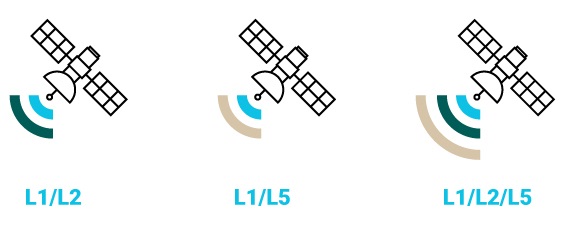All-band vs. Quad-band vs. Triple-band: What’s the real difference?


If you’re looking for a high-precision GNSS receiver, you’ve probably read the terms All-band, Quad-band, and Triple-band. Is there actually any difference? At ArduSimple we like to keep things simple, let’s use this short article to clear up this confusion.
Triple-band vs. Quad-band vs. All-band RTK receivers: the real story
We are sorry we need to start with a bit of theory, but we will try to keep it short. Each GPS/GNSS satellite sends its individual position simultaneously in 3 different frequency bands. These frequencies are called technically L1, L2 and L5.
A fourth frequency called L6 (historically has been called L-Band, but it’s specifically L6) is used to transmit data. But this data is not positioning data, it contains correction data that can be used to compensate for errors in L1, L2 and L5 bands.
In addition not every satellite is equipped with a L6 transmitter, and sometimes this signal comes from different private satellites and is only available locally.
Within L6 frequency, there are 2 different services available:
- Public (free) services like Galileo HAS or QZSS CLAS.
- Private (paid) correction services like u-blox PointPerfect.
A tripleband receiver uses all available frequencies (L1, L2 and L5) for calculating position. Some tripleband receivers can also receive and use L6 correction data, some need to get this signal from a separate receiver.
The term All-band or Quad-band is used by companies to indicate that the receiver can receive positioning data from L1, L2 and L5, and also correction data from L6. But careful. They say it can receive correction data from L6, but that doesn’t mean it can make use of it. Actually at the moment of writing this article, most of the advertised quad-band / all-band receivers in the market can’t make use of any L6 correction data, they can only receive it. It’s like buying a book in a language you can’t read yet.
So in terms of RTK performance, triple-band and quad-band receivers provide the same positioning accuracy because they use the same satellite signals for position data (L1, L2, and L5). If you are looking into using a specific correction data service over L6, you need to look for a receiver that is specifically compatible with that service.
Why accuracy differs between RTK modules
Supporting more bands doesn’t necessarily mean more accuracy. Supporting more channels doesn’t necessarily mean faster time to RTK. Actually, there are many parameters in RTK receivers that can be confusing. Even though two receivers support the same bands (Triple or Quad-Band), accuracy in RTK mode can still vary. Why?
- Different manufacturers use different RTK algorithms: some process data better, leading to faster fixes and better accuracy.
- Antenna design and RF front-end performance have key impact on positioning accuracy.
- User error. Integration and how the user handles the equipment also has impact on accuracy.
Always compare real-world test results instead of just looking at band support!
Final Takeaway
✅ Some tripleband receivers are also quadband and allband.
✅ L6 band only helps if you are going to use a specific correction stream and the receiver is compatible with it.
✅ Accuracy mostly depends on the manufacturer’s RTK algorithms, antenna quality and user installation.
 and
and 






